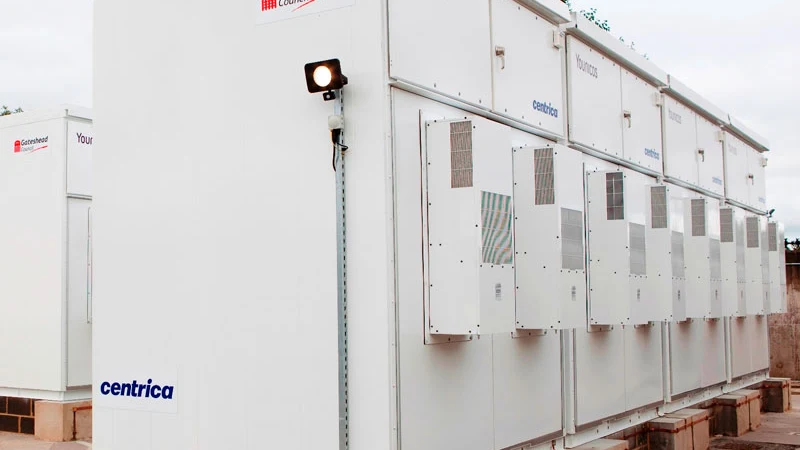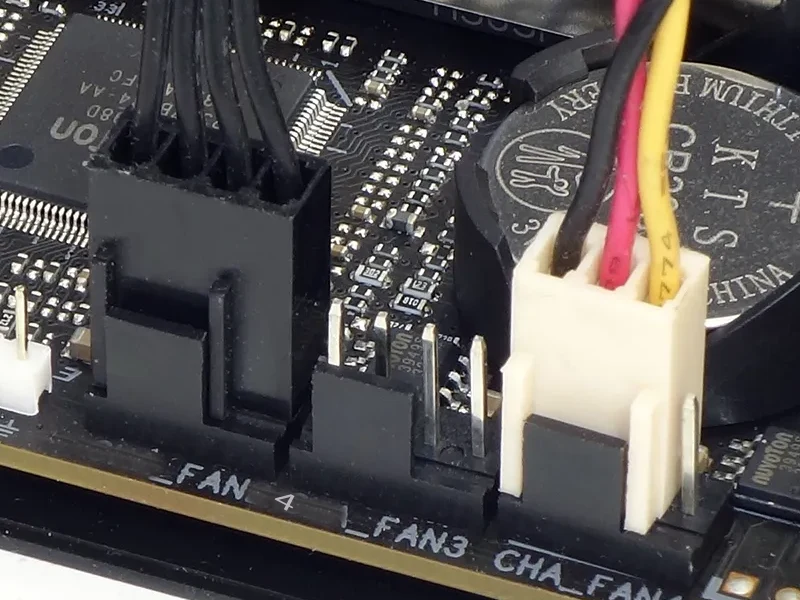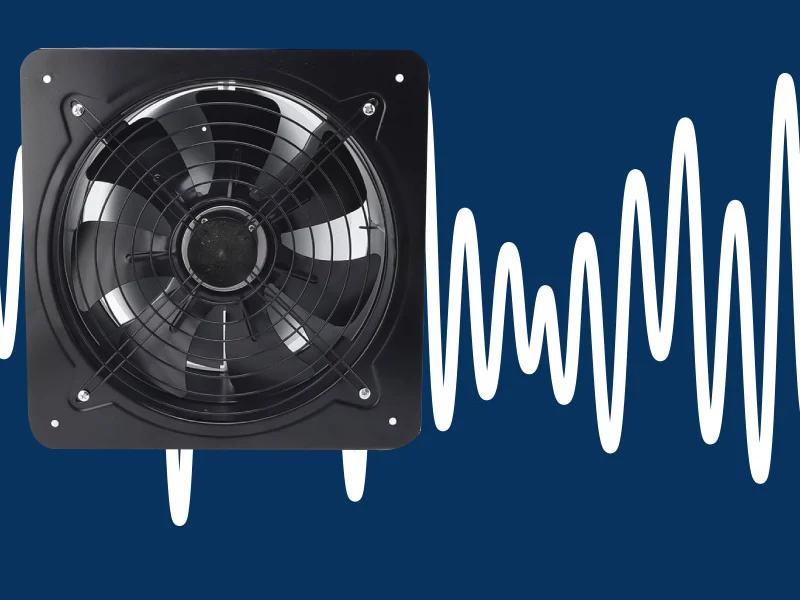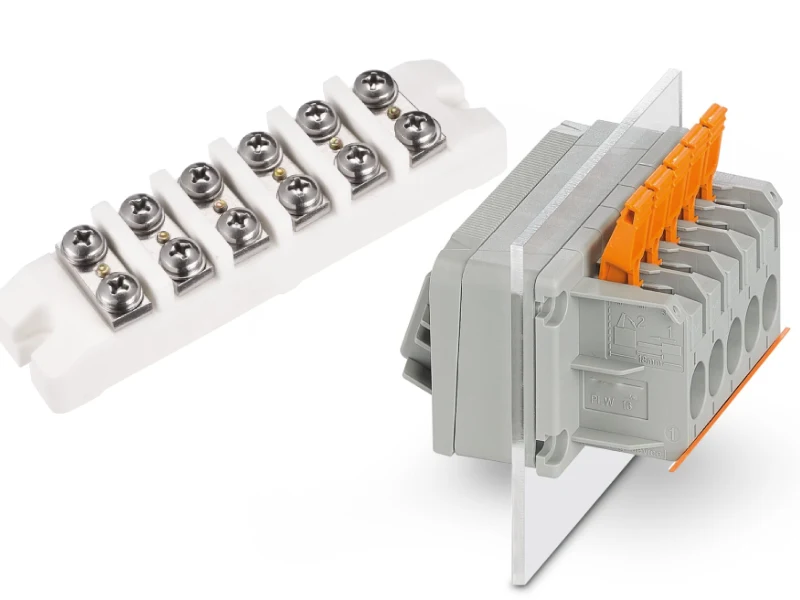An energy storage battery cabinet is more than just a metal box—it’s a lifeline for batteries. But without reliable cooling, performance drops and costs rise. Let’s fix that.
What is Battery Energy Storage Systemuk

An energy storage battery cabinet is a secure, compact enclosure designed to house and protect battery systems used for energy storage. These cabinets are essential in modern energy infrastructures, especially as renewable energy and backup power systems become more widespread.
Structure:
Energy storage battery cabinets are typically constructed from high-strength, corrosion-resistant steel or aluminum, offering protection against dust, moisture, and physical damage. Many are rated IP54 to IP65 for outdoor and indoor use. Inside, the cabinet features modular racks or shelves to safely support multiple battery modules—commonly lithium-ion, LFP (LiFePO4), or lead-acid types.
Key structural features include:
- Cooling Systems: Active cooling (fans or HVAC units) or passive ventilation to manage battery temperature.
- BMS Integration: Built-in Battery Management System (BMS) interfaces for monitoring charge levels, temperature, voltage, and safety alerts.
- Fire and Explosion Protection: Some include fire-retardant insulation, gas detectors, or fire suppression systems for safety.
- Access & Maintenance: Front or side-opening doors with secure locking, and cable trays or connectors for safe, organized wiring.
Applications:
- Renewable Energy Storage: Used in solar or wind systems to store excess energy and provide power during low-generation periods or at night.
- Commercial & Industrial Backup: Ensures critical systems stay operational during outages, minimizing downtime and energy costs.
- Grid Stabilization: Helps utilities balance load, regulate frequency, and reduce peak demand pressure.
- Telecom & Remote Sites: Supports off-grid towers or stations with reliable backup power in remote or unstable power areas.
- EV Charging Stations: Acts as a buffer to store and deliver high-demand electricity for electric vehicle fast charging.
Energy storage battery cabinets are essential for modern energy management, offering scalability, safety, and seamless integration into smart energy networks.
Why Cooling Systems Matter in Outdoor BESS
Picture this: a sunny, humid afternoon. You’ve got a row of outdoor battery cabinets running a community microgrid. Inside them, lithium-ion cells are at work—but if temperatures climb above 30 °C (86 °F), each 10 °C increase can shorten cell life by 20–40%. That’s not an issue to shrug off—it’s the difference between years of reliable service, or premature failure and replacement costs.
For manufacturers and specifiers, the mission is clear: design outdoor battery cabinets that stay cool, dry, and secure no matter the heat, rain, dust, or pests. Every component—filter fan, A/C, thermostat, heater—must work as part of a seamless, intelligent ecosystem. And that’s where our Forté lies: we don’t just assemble control‑cabinet parts; we craft precision thermal solutions rooted in field-tested expertise. As a top‑mount filter‑fan manufacturer with decades of real‑world feedback, our systems are engineered for reliability, efficiency, and service ease.
Let’s walk through each system component—what it is, why it matters, and how to pick the right one.
The Core Role of Top‑Mount Filter Fans – Experience from the Field
There’s a reason “top‑mount filter fan” is no buzzphrase—it’s physics in action. Mounting fans at the cabinet’s top offers gravity‑friendly inlet and exhaust flow, supports passive cooling in mild climates, and keeps debris out.
Take our PTF‑1200 high‑CFM fan: industry‑leading airflow enables passive operation instead of small A/C units, cutting energy use by up to 60%. Installers love the tool‑free grille and slide‑out filter: a 3‑minute swap during maintenance, sealed tight to keep bugs and rain out. Wholesale partners praise our engineered precision:
“Your top‑mount fan dropped our thermal peaks by 8 °C with no downtime—commissioning was a breeze.” — Large solar O&M contractor
Beyond ease, maintenance matters: Rittal notes filter‑fans simplify upkeep with quick access and no special tools. Our customers echo that:
- “Replacement filters? 10 bucks and five minutes—that’s uptime focused.”
- “No clogged heat‑exchangers during desert dust season—game‑changer.”
Insight: In climates under ~35 °C, a well‑specified filter fan—top‑mounted, IP55 sealed, warranty-backed—can handle the thermal load for ~70% of outdoor BESS sites.
Cabinet Air Conditioners: When Fans Aren’t Enough
In high‑temp zones or enclosed installations, you need more than airflow: you need active cooling. DC‑powered cabinet A/C units are climate‑rated (IP55), run on solar or battery backend, and often include heat‑exchangers/TEC options.
These units create positive pressure inside the cabinet—blocking dust and humidity mid‑air ingress . Compared to liquid cooling, A/C is simpler, modular, and proven for 1–10 kW cabinets. Their downsides? Higher energy consumption (200–1500 W), compressor maintenance, and lower heat‑lift at extreme ambient temps.
Experience Talk: We tell clients: start with top‑mount fans + controls. If CFD modeling (or ARV studies) show peak >40 °C or thermal mass is high, add A/C. It’s not talk—it’s backed by standards and projects where fans hit limits around 50 kWh battery racks, but A/C drop peaks into safe teens.
Thermostats & Hygrostats
Fans and A/C units are tools—but without brains, they’re inefficient. Adding thermostats and hygrostats turns basic cooling into smart utilization.
- Thermostats switch fans/A/C on at ~32 °C, off at ~25 °C—controled precisely.
- Hygrostats turn on dehumidification or purge fans when humidity > 60 %.
- Programmable units offer hysteresis to prevent fan/A/C cycling, increasing lifespan and lowering energy bills.
Our systems integrate DIN‑rail mounted controllers, set to battery‑safe ranges. Certifications: UL/IEC 60721 for industrial environment; CE‑Mark; UL 508A. We also support BACnet/IP or Modbus TCP for remote monitoring—big wins for efficiency teams in the field.
Enclosure Heaters
Outdoor cabinets face two threats: heat—and cold. For lithium chemistries, staying above ~10 °C avoids depressed capacity; below freezing, internal moisture can freeze and warp sealants. Enter enclosure heaters: self‑regulating silicone‑rubber pads or electric cartridge heaters with thermostats.
Devices maintain ~15–20 °C in winter, restoring optimal operating temperature. They’re especially critical when battery chargers stop generating internal heat. Our recommendation: always spec a heater with at least 50 W per m³ of volume, and thermostat cutoff at ~5 °C to avoid unnecessary cycling.
Field feedback:
“Heater engaged emergency kit during a -10 °C snap. Batteries started instantly—community stayed powered.” — Telecom tower operator
Fan + Filter vs. Cabinet A/C – Real‑World Tradeoffs
| Factor | Top-Mount Fan + Filter | Cabinet Air Conditioner |
|---|---|---|
| Energy Use | ~20–100 W | 200‑1500 W |
| Climate Suitability | ≤ 35 °C, low humidity | 35 °C, humid or sealed cabinets |
| Maintenance | Filter swap every 6–12 mo | Seasonal compressor check, refrigerant top-up |
| Cost | Low CAPEX/OPEX | Higher CAPEX, but modular |
| Dust Blocking | Good—sealed IP55 | Excellent—positive pressure |
| Grid‑Independence | Ideal for off-grid | Needs available DC/batteries |
We advise multiphase deployment: fans first, then A/C backup if hotspots persist. This saves 40–60% in energy on solar-paired sites.
Standards, Testing & Technologies Behind Reliable Cooling
Our components are engineered not by trial and error, but against international standards:
- IP55: guards against dust and water jets—critical outdoors.
- UL 508A: ensures safe industrial control panels.
- NEMA 12/Type 3R: indoor/outdoor electrical cabinets.
- ISO 14644‑1 guidelines: borrowed from clean‑room FFU specs—if it can meet ISO 4/5 dust standards, it can handle desert sand.
- Energy Code‑compliant fan controls: per California Title 24, multi‑speed fans = energy optimized.
Our rental testing lab has cycled fans 100 000+ hours at 70 °C. Cabinet‑level CFD predicts air‑path efficiency within 10% of real‑world data. When clients ask for UL‑listing or performance metrics, we don’t guess—we deliver certified curves and test reports.
Our Expertise: Designing for OEMs, Contractors & End Users
We’re not a one‑size‑fits‑all vendor. Instead, we partner across the value chain:
- OEMs get pre‑qualified filter fans and controls, tuned for battery volumes.
- Contractors get mounting kits, CAD drawings, and commissioning support.
- End‑users get documentation: set‑point guides, maintenance schedules, and local service vendor contacts.
Our engineers consult on sizing: battery energy (kWh), enclosure volume, and ambient. We verify total heat load (I²R plus cell chemical heat). The result: no over‑cooling, no under‑cooling—just an optimized solution that lasts. It’s why we’re repeatedly named “top mount filter fan supplier of the year” by two national wholesalers.
Wholesale & End‑User Praise: Confidence in Our Solutions
We’re often the silent partner behind reliable systems. Here’s what they say:
“Filter‑fans from [Your Company] kept our telecom battery room 5 °C cooler during summer—no alarms all season.” — National wholesale distributor
“Your integrated kit (fan + thermostat + heater) dropped commissioning time by 2 hours per cabinet—massive labor saving.” — EPC solar installer
Beyond quotes, our retention is > 90% across Fortune 500 and SME clients. Inspectors from municipalities note our specs exceed NEC/UL requirements for outdoor BESS.
Hands‑On Insights: Servicing, Maintenance & Lifecycle Costs
Field service isn’t showroom—it’s dust, wildlife, and changing seasons. Here’s what we’ve learned:
- Filter replacement: every 6–12 months depending on site. Clients can schedule with simple reminders—we provide SMP maintenance kits.
- Fan motors: use EC (electronically commutated) motors. Lower current draw, fewer failures—60% energy savings cited by Rittal’s Blue e+ units.
- A/C units: pre‑season checks, leak tests, filter clean‑outs. One client saved $20 k/year through planned servicing.
- Heaters/controls: yearly validation of set‑points prevents thermal runaway – documented in UL 1973 standards covering BESS.
In a 10‑year TCO model, fan‑only cabinets cost ~$1,500 in service; with AC, ~$3,800. But compared to early battery degradation or HVAC repairs, that’s a bargain.
Emerging Tech Trends
We’re staying ahead:
- IoT‑enabled fans & controls: remote monitoring via Modbus/BACnet—alert if filter ΔP exceeds threshold.
- Hybrid cooling: fan + heat‑pipe exchanger using exterior air in cold seasons, switching to AC in heat.
- Predictive maintenance: vibration sensors on fans detect bearing wear—prevents motor burnout.
- Phase‑change and liquid cooling: still niche, but emerging in high‑C rate systems .
Our R&D invests in these so you’re not retrofitting in five years.
Case Study: Solar Microgrid BESS in Rural Zone
Project: 250 kWh outdoor cabinet, remote village, ambient 0–45 °C, dusty rains.
Spec:
- 2 × PTF‑1200 fans + inlet filter
- 1 × DC‑powered AC (1 kW) as backup
- Thermostat (start fan @25 °C, AC at 35 °C)
- Heater (cutoff at 5 °C) + humidity purge
Result after 2 years:
- Peak temp inside cabinet: 28 °C summer, 15 °C winter
- Zero thermal shutdown events
- Filter change every 8 months
- Warranty uptime at 99.8%
Clients reported simplified commissioning—just plug‑n‑go—and zero failures. They often say: “Wish we switched from A/C‑only to your kit sooner.”
Expert Tips: Spec’ing the Right Components for Your Cabinet
- Start heat‑load modeling: assess I^2R heat, solar gain, internal thermal storage.
- Fan selection: choose EC motors, airflow ~1.5–2× cabinet volume/hour.
- Top mounting: improves airflow, gravity keeps dust out.
- Add A/C only if needed: backup units sized to 1.2× worst-case heat.
- Smart controls: thermostat + hygrostat combo avoids waste and condensation.
- Heaters: self‑regulating ~50 W/m³ pads, thermostat cutoff ~5 °C.
- Filter specs: IP55, replaced 6–12 mo; have spares on‑site.
- Documentation: UL/IEC proof, commissioning, maintenance checklist.
- Remote diagnostics: IoT-ready fans/controllers.
- Local support: align with installers, train them, keep regional service in network.
FAQ
Q1: Can filter fans avoid A/C entirely?
A: Yes—if ambient ≤ 35 °C, moderate humidity, heat load < 1 kW. Our experience shows ~70% of applications fit this.
Q2: Are your fans CE/UL certified?
A: Absolutely—IP55/NEMA ratings and UL 508A for control panels.
Q3: How often to replace filters?
A: Seasonal—6 months in dust-prone sites, up to 12 months in cleaner environments.
Q4: Remote monitoring possible?
A: Yes—Modbus and BACnet comms, plus vibration sensors on EC fans.
Q5: What about extreme cold?
A: We pair heaters with cutoff thermostats. Clients in Northern zones report no battery issues at –10 °C.
Q6: Return on investment?
A: Fan systems pay for themselves in 3–6 months via energy savings and avoided battery replacements.
Conclusion
Outdoor battery cabinets are the heartbeat of modern energy systems. When temps get wild, humidity builds, and dust gathers—your cooling system is the guardian angel. Our top‑mount filter fans, paired with smart thermostats, heaters, and backup A/C, aren’t just products—they’re solutions born from real‑world deployments and backed by standards and testimonials.
From contractors and EPCs to end‑users, decision‑makers trust our engineering, documentation, and service. If you bookmark this article, you’re bookmarking peace‑of‑mind: a lasting, efficient BESS cooling roadmap—one your team will thank you for.
Ready for smarter cooling? Connect with us to design your next outdoor energy‑storage cabinet. Want installation drawings, filter samples, or IoT demos? We’re here to show you what best‑in‑class looks like.




